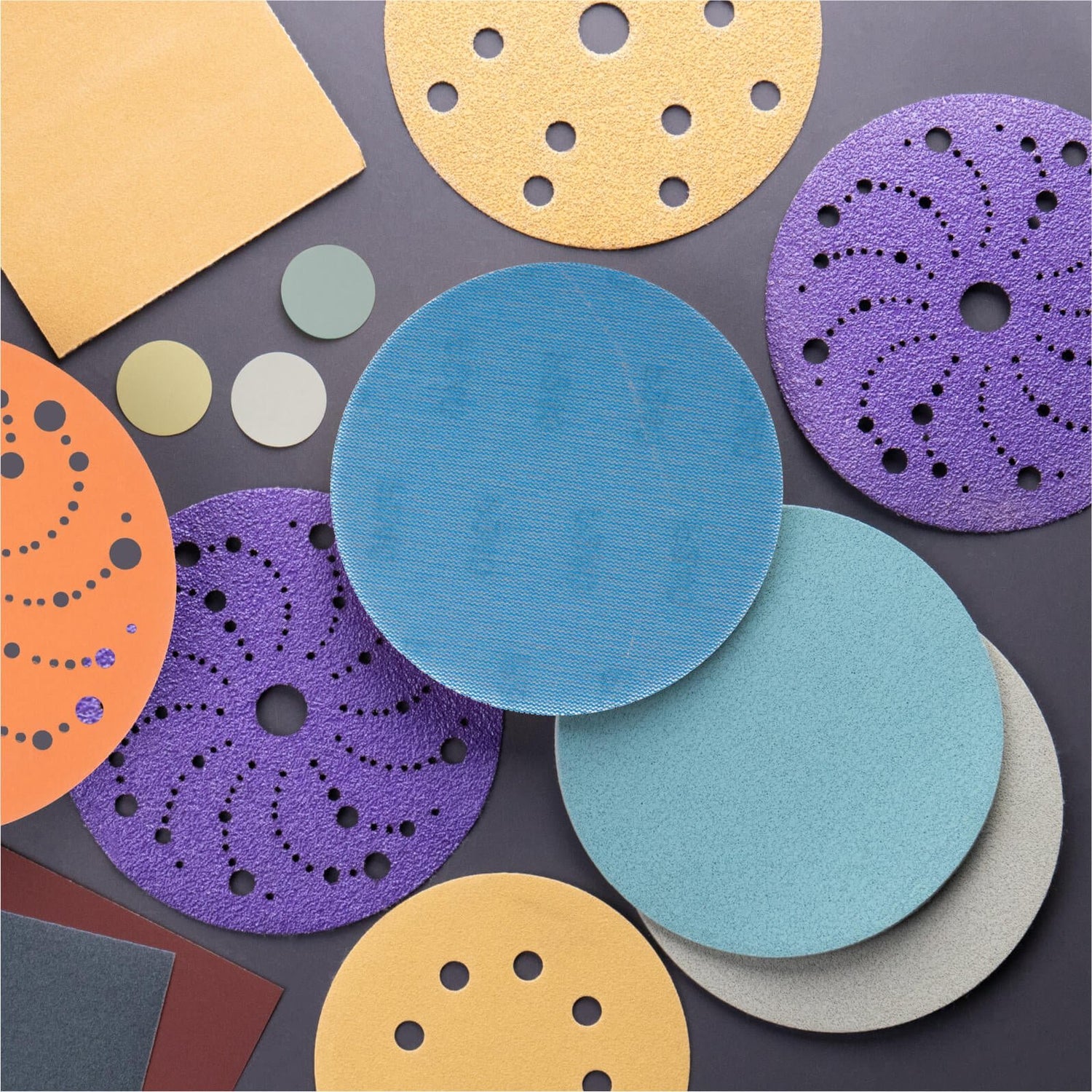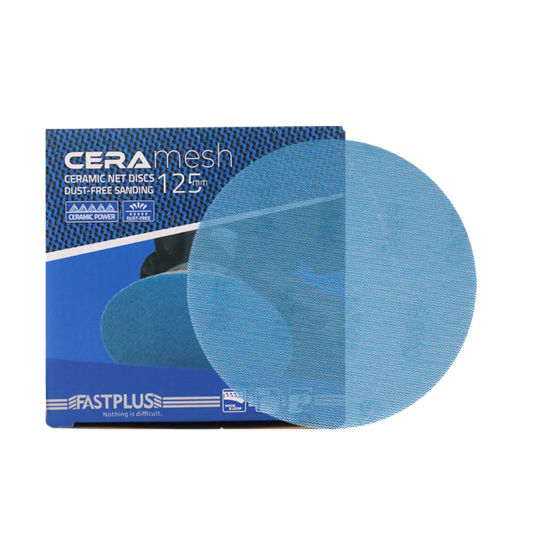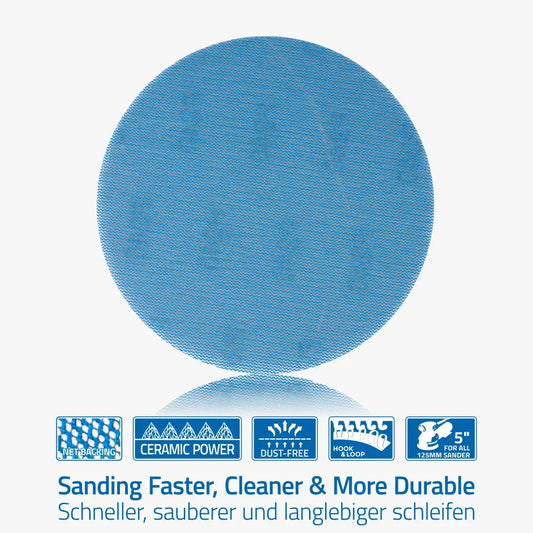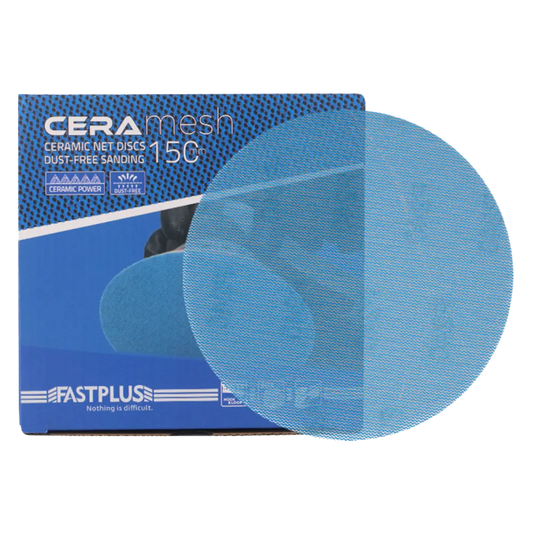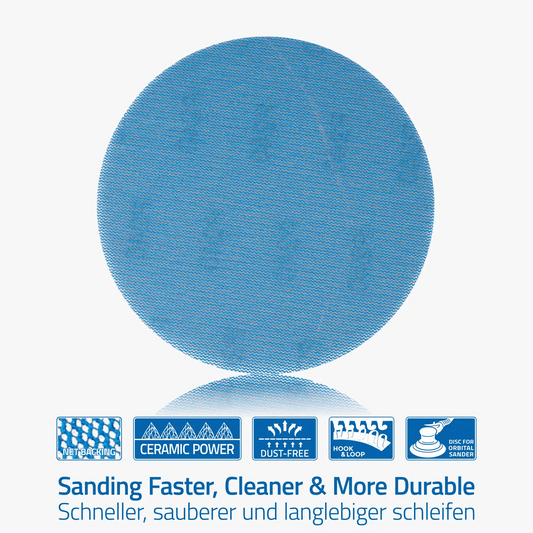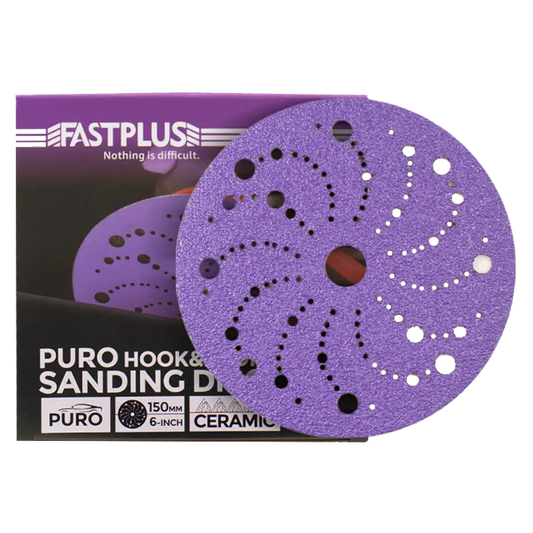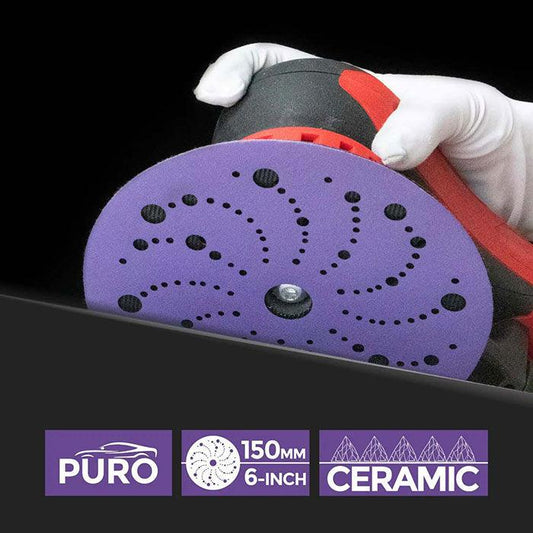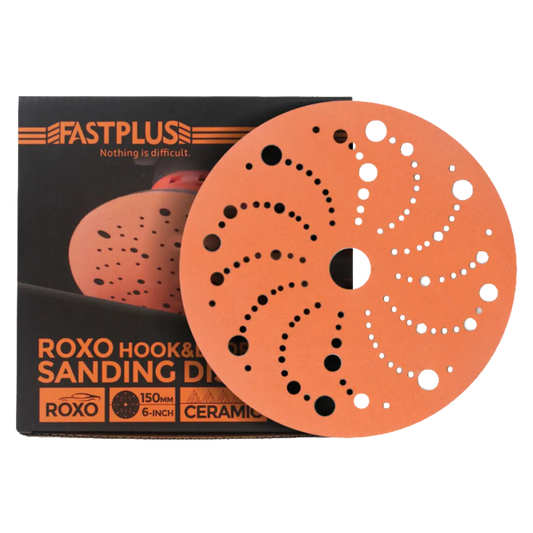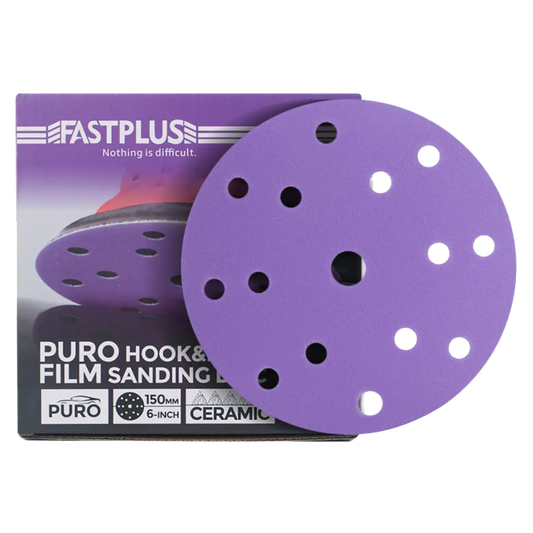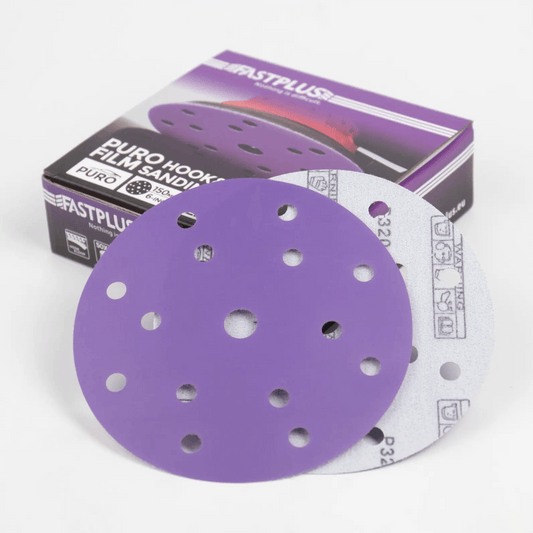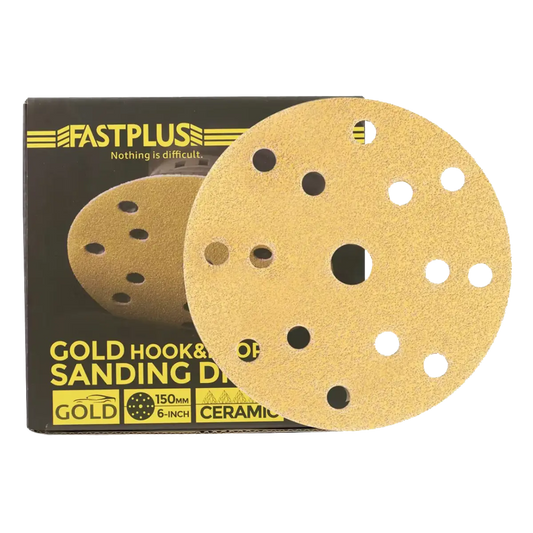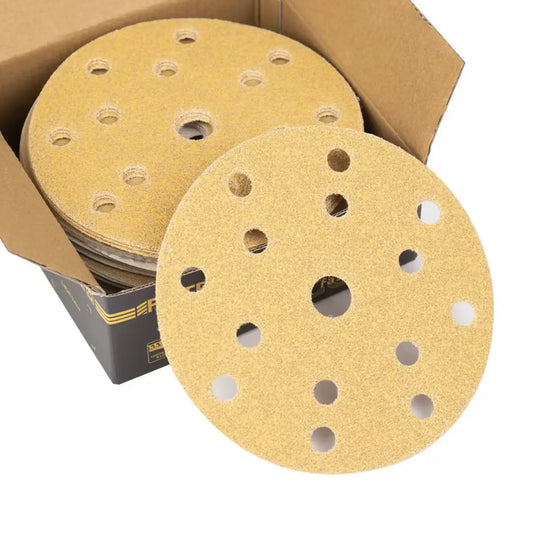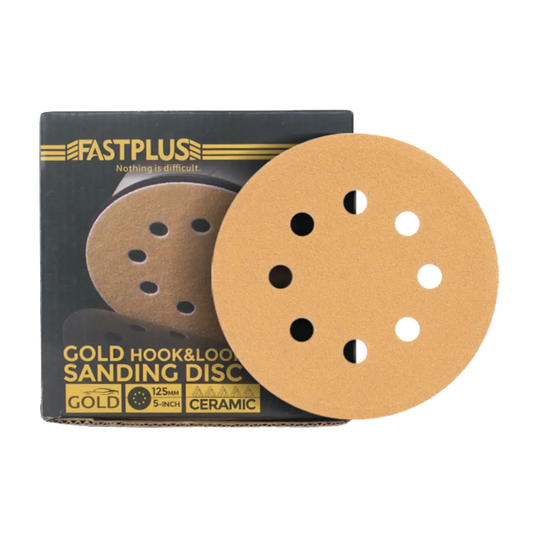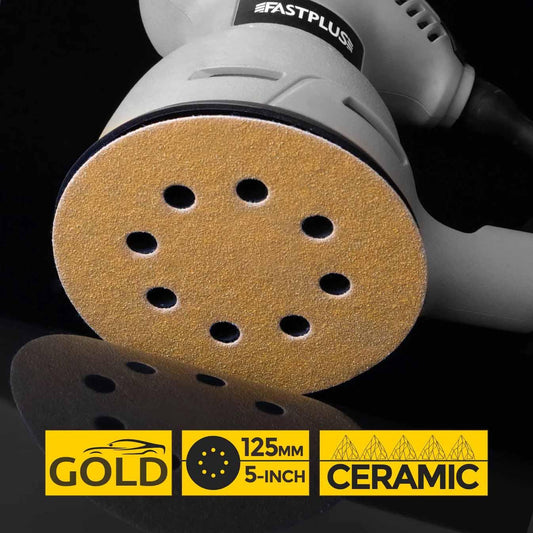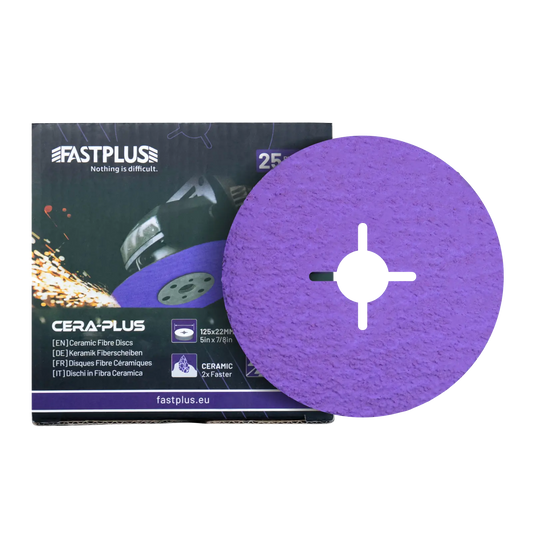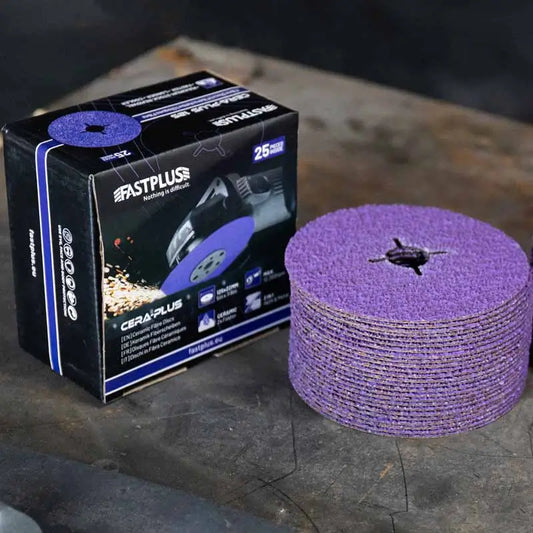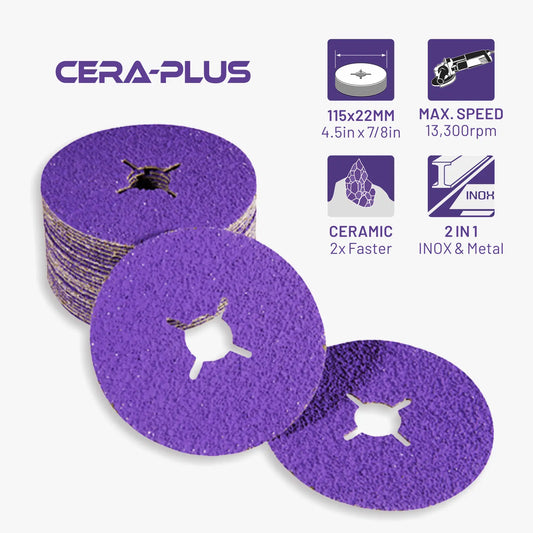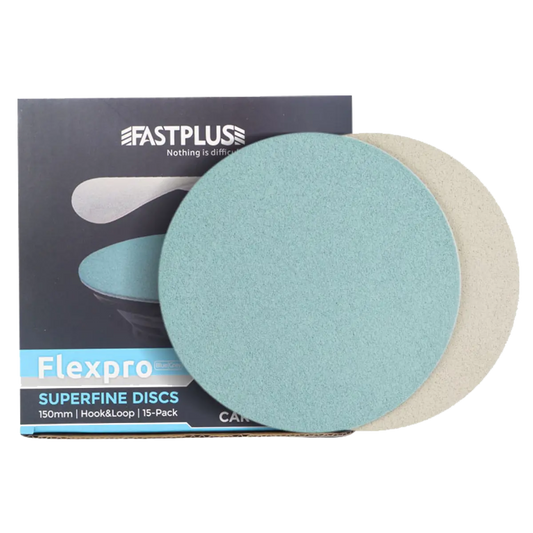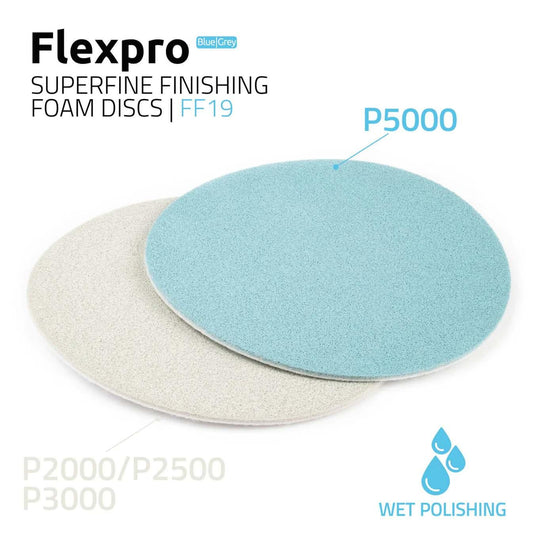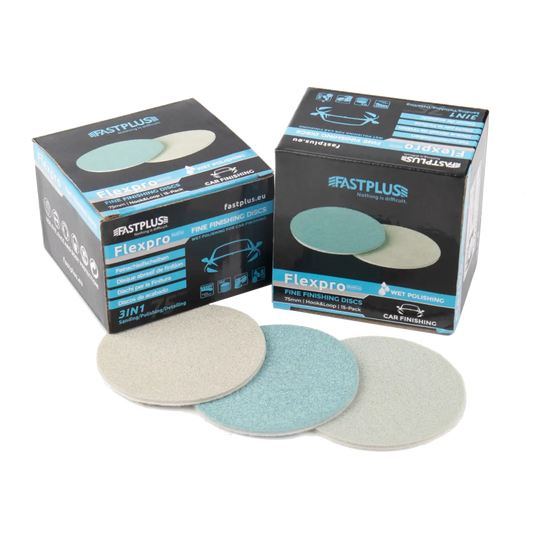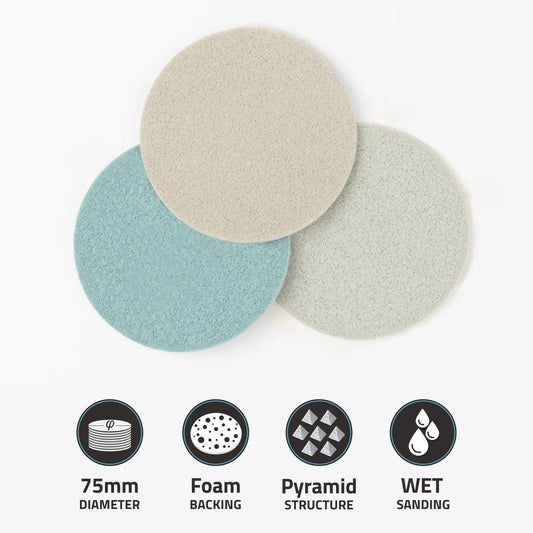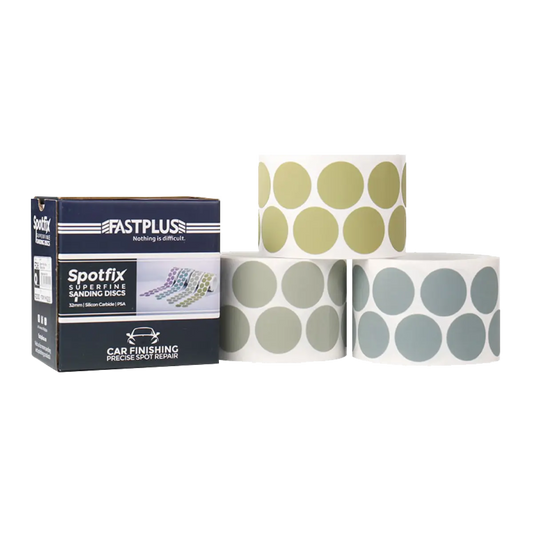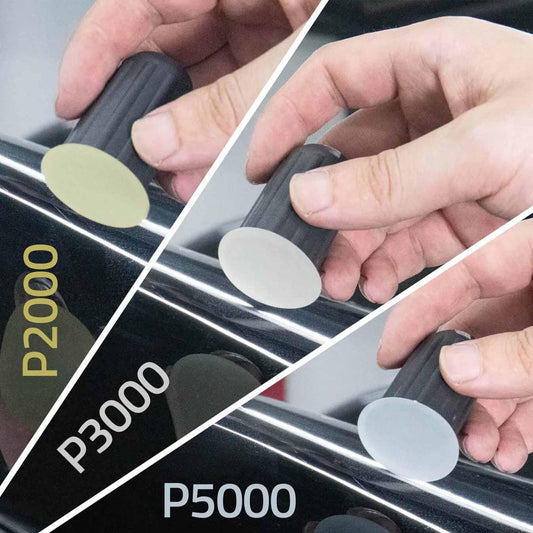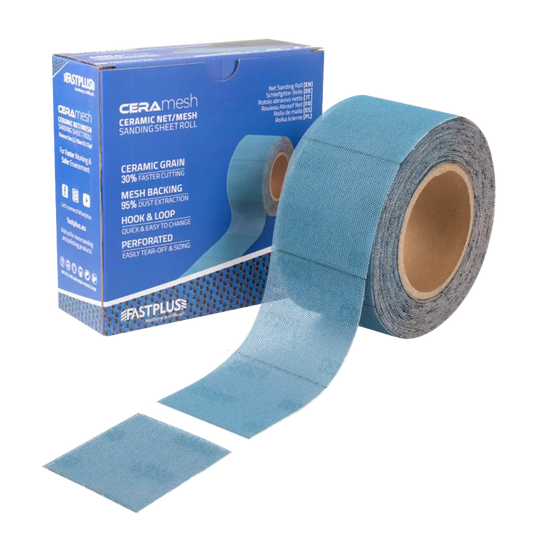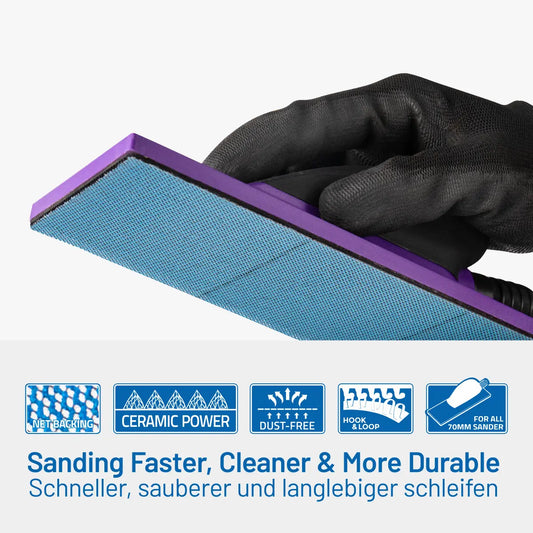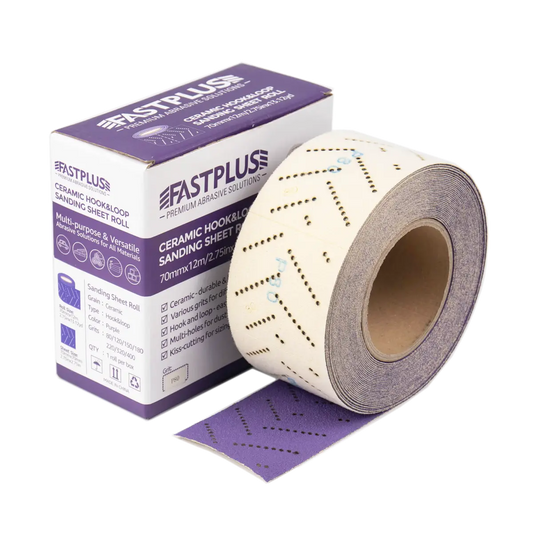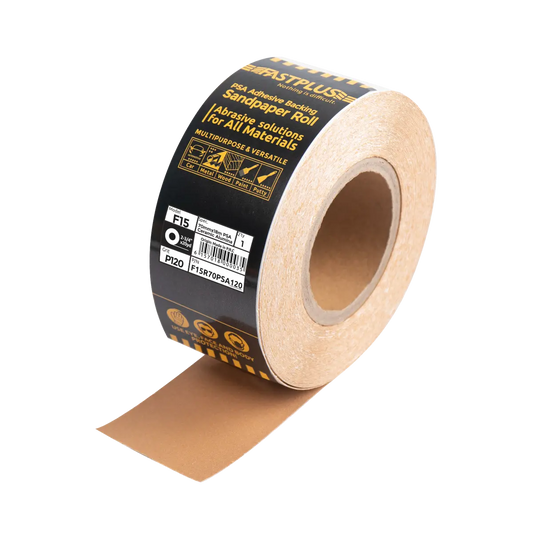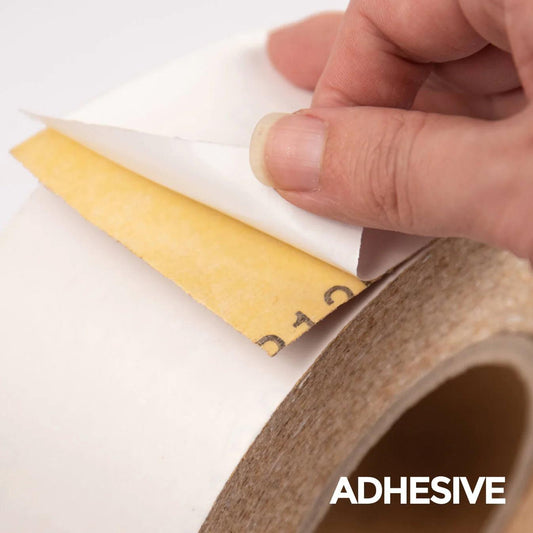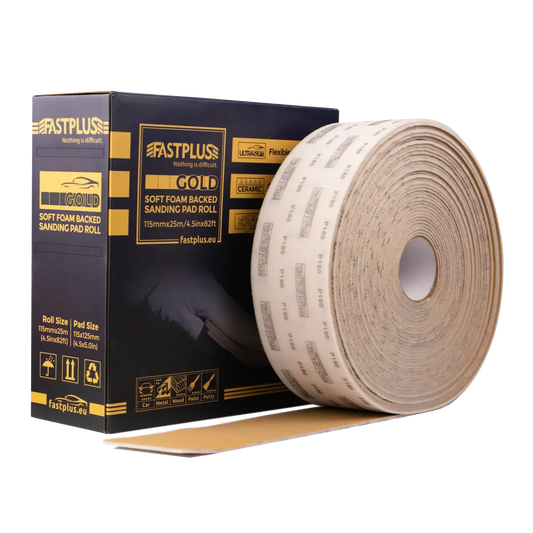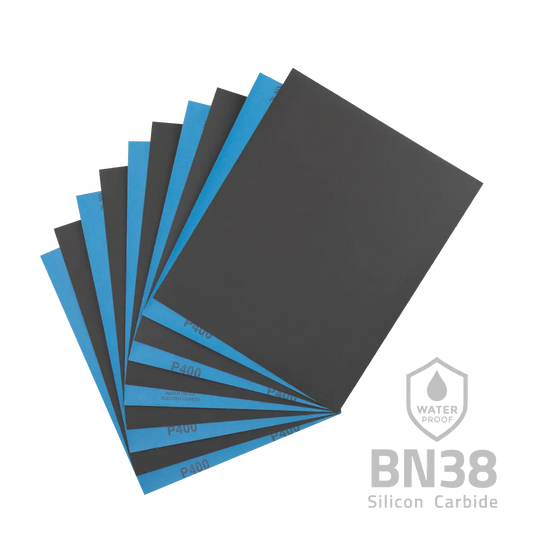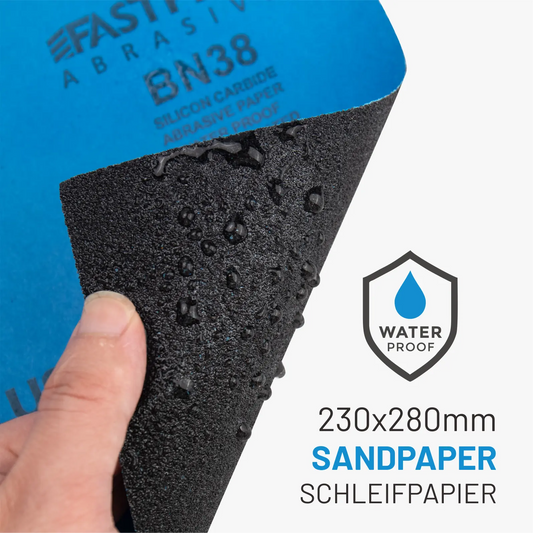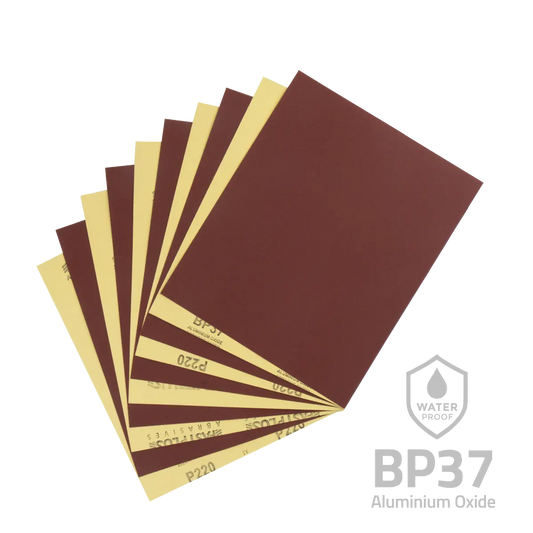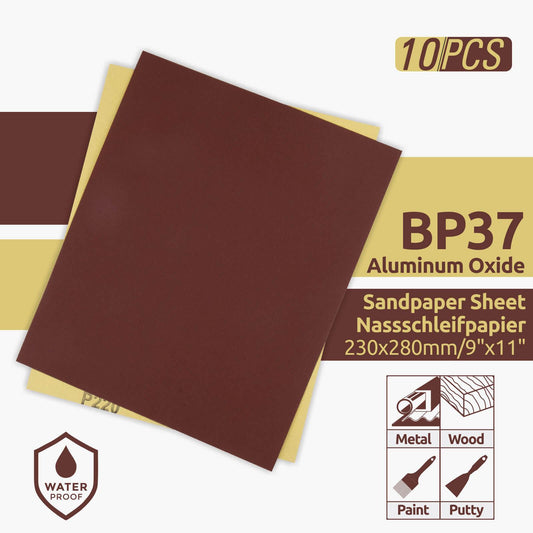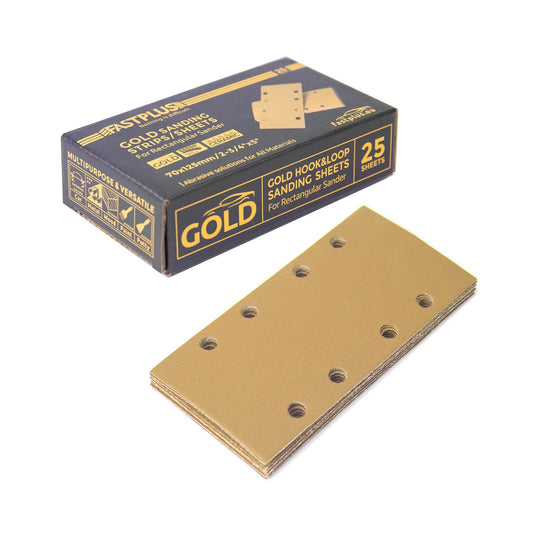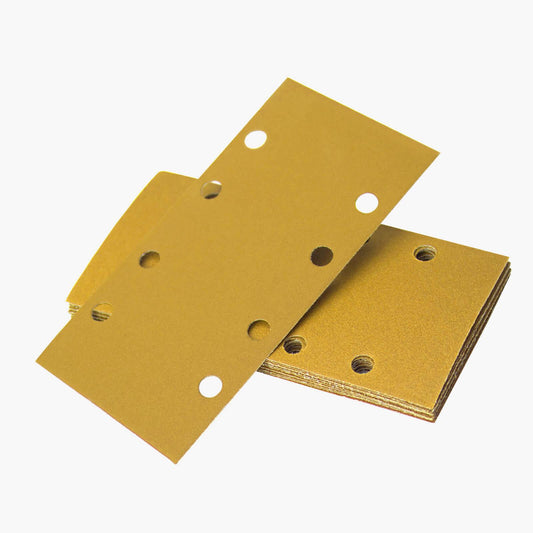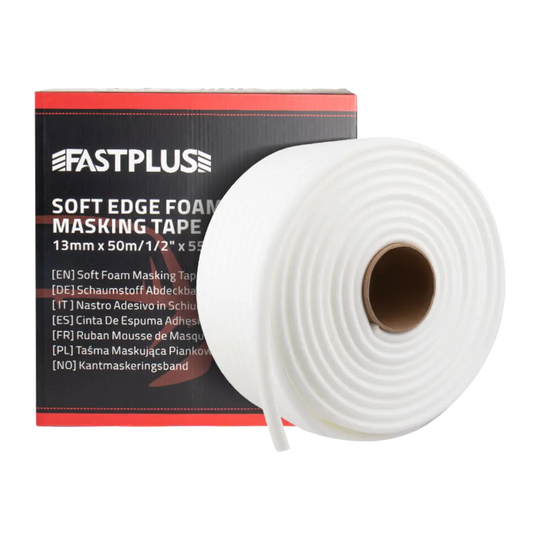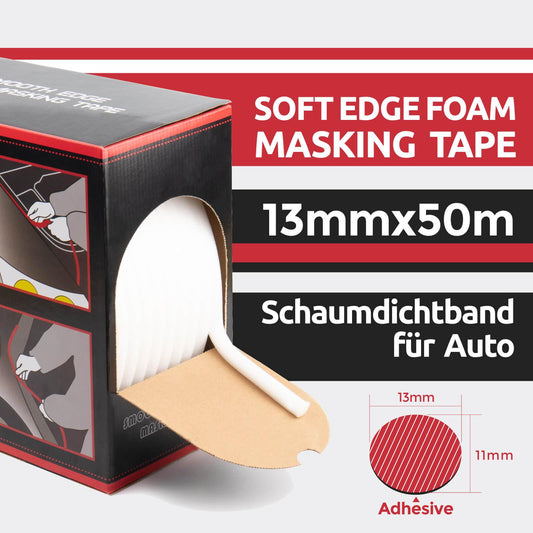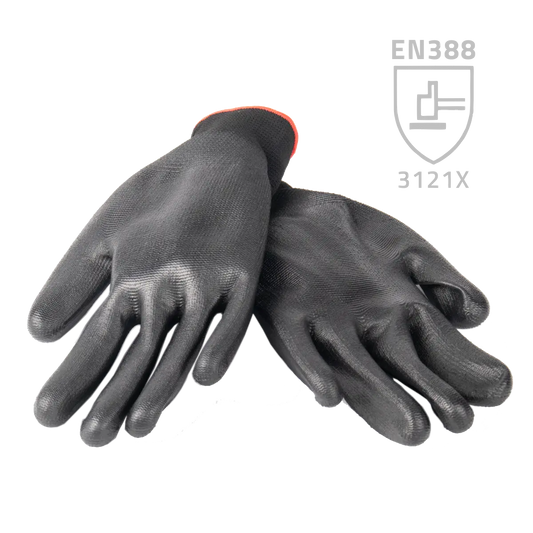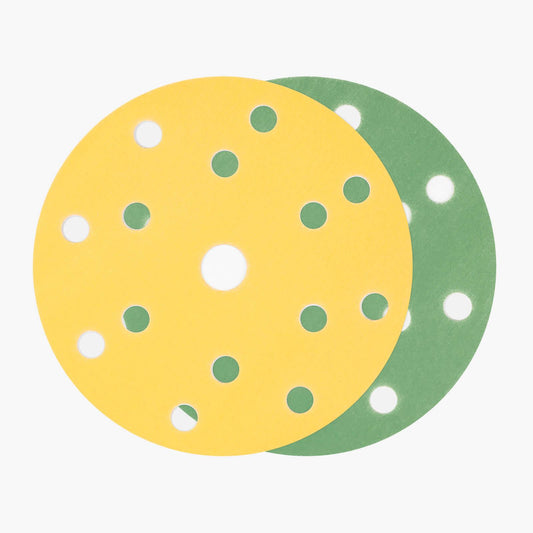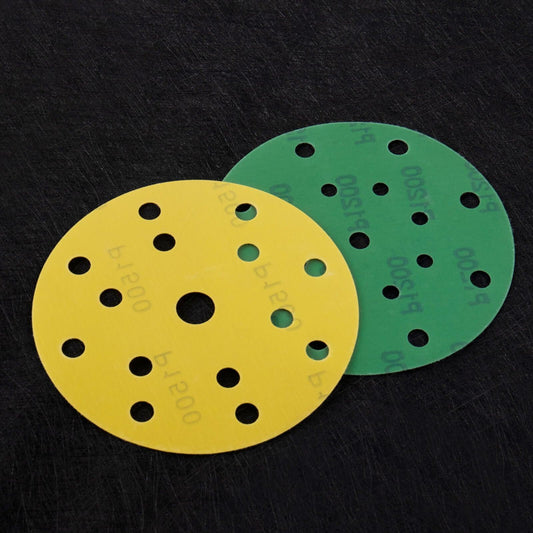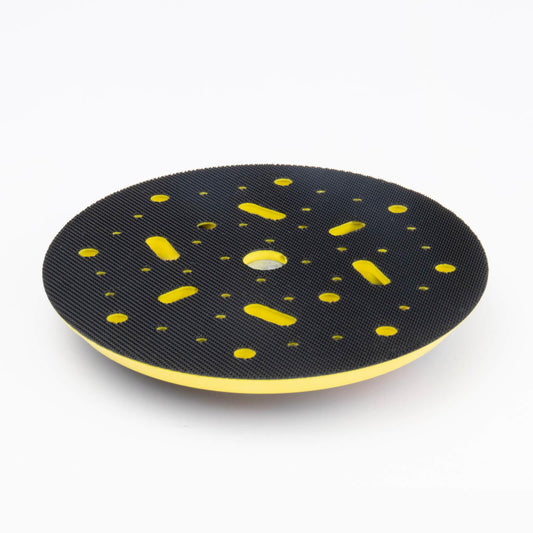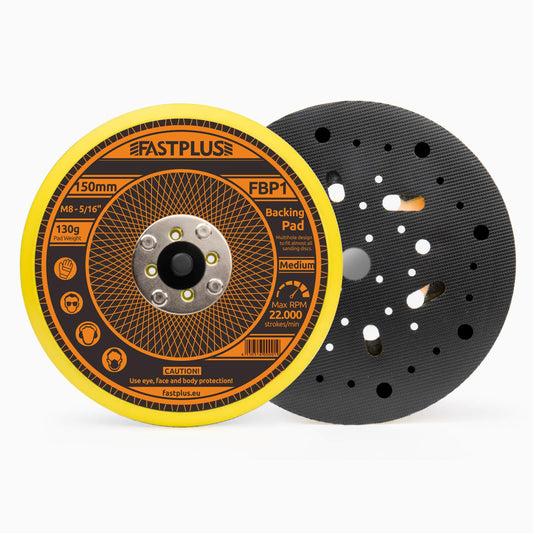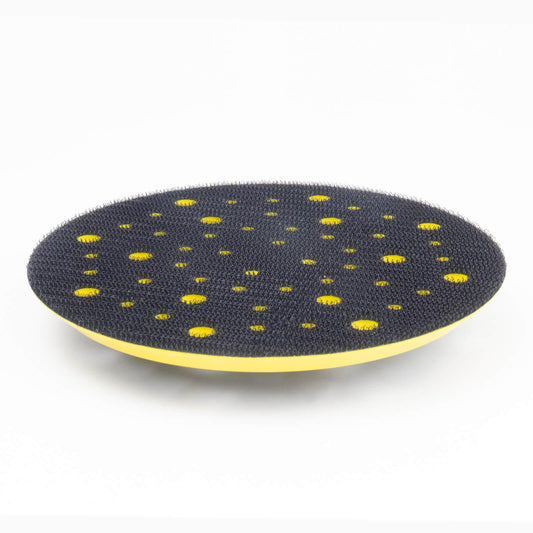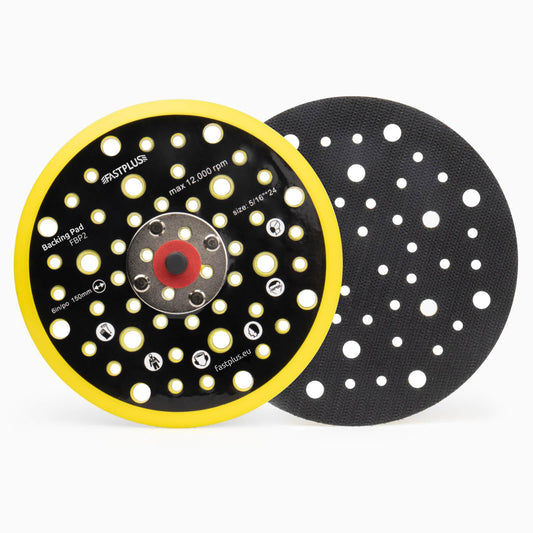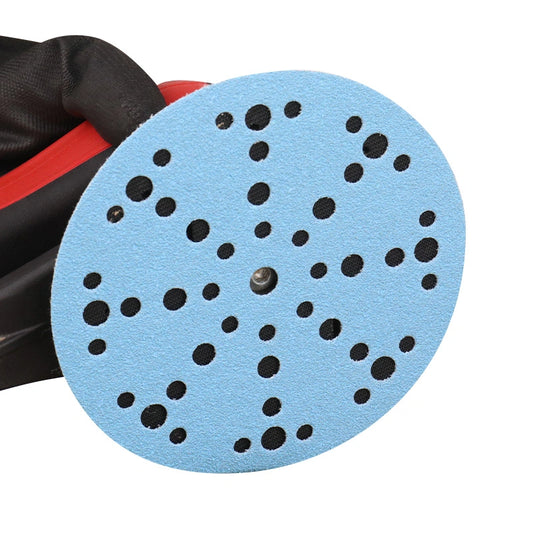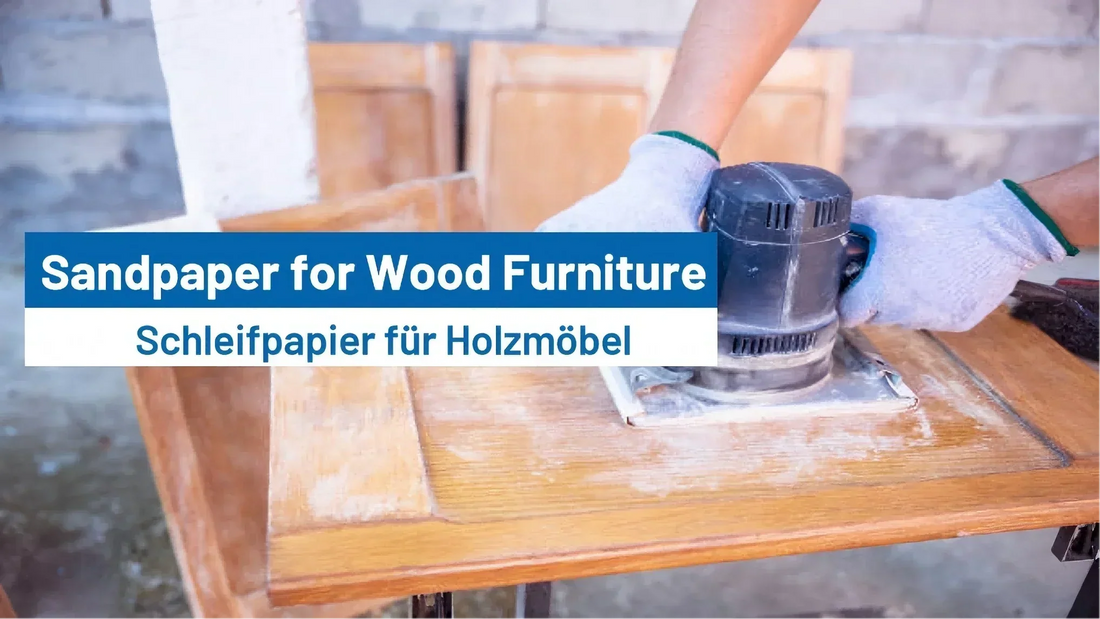
What Grit Sandpaper for Wood Furniture Before Staining?
When it comes to staining wood furniture, the difference between a professional-looking finish and a patchy, uneven result often comes down to one crucial step—sanding. Many DIYers overlook the importance of choosing the right sandpaper grit before staining, yet this decision can dramatically affect how well the stain absorbs, how smooth the surface feels, and how rich the final color appears.
In this guide, we’ll explore what grit sandpaper you should use before staining wood furniture, how to sand effectively, and tips to achieve the perfect stain-ready surface.
Why Sanding Matters Before Staining
Sanding isn’t just about making the surface smooth—it’s about preparing the wood fibers to receive stain evenly. When wood is cut or milled, microscopic fibers are crushed and torn. Sanding removes these damaged fibers, opens the grain, and creates a uniform texture that helps the stain penetrate consistently.
If you skip sanding or use the wrong grit, you’ll likely end up with:
- Uneven color absorption, causing blotchy or streaky results
- Raised grain, making the finish feel rough
- Visible scratches that appear even darker after staining
In short, sanding sets the foundation for everything that follows.
Understanding Sandpaper Grit Numbers
Sandpaper grit refers to the size of the abrasive particles on the paper. The higher the grit number, the finer the abrasive. Lower grits remove material quickly, while higher grits create a smoother surface.
Here’s a quick overview:
| Grit Range | Type | Purpose |
|---|---|---|
| 40–60 | Coarse | Removes heavy material, old finishes, or rough surfaces |
| 80–100 | Medium | General sanding, shaping, or smoothing rough wood |
| 120–150 | Fine | Prepares raw wood for finishing or staining |
| 180–220 | Extra Fine | Final smoothing before finishing |
| 320+ | Very Fine | Between-coat sanding or polishing finishes |
For wood furniture before staining, most projects fall in the 120–220 grit range, depending on the type of wood and the look you want.
Best Grit Sandpaper for Wood Furniture Before Staining
The ideal grit depends on whether you’re working with softwood, hardwood, or veneered furniture, and how much surface preparation is needed.
1. Start with 120 Grit
Most wood furniture benefits from starting with 120-grit sandpaper. This grit is aggressive enough to remove small imperfections, mill marks, or previous finish residues, but not so coarse that it damages the surface.
120-grit is especially useful if:
- You’re working with bare, unfinished wood
- You’ve stripped off old varnish or paint
- The surface feels slightly rough after planing or cutting
It effectively levels the surface and prepares it for finer sanding.
2. Move to 150–180 Grit
After leveling with 120 grit, progress to 150 or 180 grit. This step refines the surface texture, removing scratches from the previous grit and reducing any unevenness.
Most professionals stop at 180 grit before staining. This level opens the pores enough for the stain to penetrate but keeps the surface smooth enough for an even color.
For softwoods like pine or cedar, stopping at 150 grit can help the stain absorb slightly better. If you sand too fine, these woods may not take stain evenly because their pores close up quickly.
3. Finish with 220 Grit for Hardwoods
For hardwoods such as oak, maple, walnut, or cherry, going up to 220 grit before staining ensures a beautifully smooth surface. Hardwoods have denser grain structures, so they can handle finer sanding without hindering stain absorption.
Be cautious, though: sanding beyond 220 grit (e.g., 320 or 400) may polish the wood too much, sealing the pores and causing the stain to sit on the surface rather than soak in.
Example Grit Progression for Furniture Sanding

Here’s a simple progression for typical wood furniture:
- If rough or previously finished: Start with 100–120 grit
- Smooth and refine: Move to 150–180 grit
- Final smoothing before stain: End with 180–220 grit
Always sand with the grain, not across it, to avoid visible scratches that become pronounced after staining.
Sanding by Hand vs. Power Tools
Depending on the shape and size of your furniture, you can sand by hand or with power tools.
Hand Sanding
- Best for detailed, curved, or delicate areas
- Allows more control, reducing the risk of over-sanding
- Use sanding blocks, foam pads, or folded sheets
Power Sanding
- Great for large, flat surfaces (e.g., table tops, cabinet sides)
- Use orbital or palm sanders for speed and consistency
- Always finish by hand-sanding with the grain to remove swirl marks
For convenience, you can use sanding discs or mesh sanding sheets on your orbital sander. Mesh discs, such as ceramic or aluminum oxide mesh sanding discs, offer better dust extraction and last longer—perfect for furniture work.
Sanding Tips Before Staining Furniture
1. Inspect the Surface Carefully
Before you start, check for dents, scratches, glue spots, or residue. Glue especially resists stain and leaves light spots. Use a sharp scraper or fine sandpaper to remove it completely.
2. Sand Evenly
Don’t focus too much on one spot. Uneven sanding can cause uneven stain absorption. Maintain consistent pressure and motion across the surface.
3. Use a Sanding Block
When sanding by hand, wrap sandpaper around a sanding block or pad. This keeps pressure even and prevents gouges or rounded edges.
4. Clean Between Grits
After each sanding stage, remove dust with a tack cloth or vacuum. If dust remains, the finer grit may clog quickly, and you won’t achieve a smooth finish.
5. Avoid Over-Sanding
Over-sanding, especially beyond 220 grit, can “burnish” the wood—closing the pores and reducing stain absorption. Always test stain on a scrap piece first to see how the surface reacts.
6. Consider Grain Raising for Water-Based Stains
If you’re using a water-based stain, pre-wet the surface slightly with a damp cloth, let it dry, and then lightly sand with 220 grit. This step raises the grain in advance so it won’t happen after staining, resulting in a smoother finish.
Choosing the Right Sandpaper Material
Different sandpaper materials perform differently on wood. Here are the most common types:
Aluminum Oxide
- Most common choice for wood
- Long-lasting and self-sharpening
- Ideal for both softwoods and hardwoods
- Available in various forms—sheets, rolls, and discs
Ceramic Sandpaper
- Extremely durable and cuts faster
- Great for dense hardwoods and large projects
- Works well on power sanders
Silicon Carbide
- Sharp but wears out faster
- Good for fine finishing or between coats of finish
- Often used in wet sanding applications
For furniture preparation, aluminum oxide or ceramic sandpaper offers the best combination of performance and lifespan.
Step-by-Step: Sanding Wood Furniture Before Staining

Let’s put it all together:
Step 1: Preparation
- Remove any hardware, handles, or hinges.
- Clean the furniture with a mild cleaner to remove oils or dirt.
- If previously finished, strip old paint or varnish using sandpaper or a chemical stripper.
Step 2: Initial Sanding (120 Grit)
- Begin sanding with 120-grit sandpaper or disc.
- Move along the grain direction to remove roughness, scratches, or mill marks.
- Wipe away dust.
Step 3: Intermediate Sanding (150–180 Grit)
- Switch to 150 or 180 grit to smooth the surface.
- Use light, even pressure and ensure all previous scratches are gone.
- Clean the surface again.
Step 4: Final Sanding (180–220 Grit)
- Finish with 180 or 220 grit, depending on wood type.
- Use gentle passes for a silky, smooth finish.
- Wipe with a tack cloth to remove all dust particles.
Step 5: Test the Stain
- Always test the stain on a hidden area or scrap wood.
- Check how the color absorbs—if it’s too dark or uneven, you may need to adjust grit or pre-condition the wood.
Step 6: Apply Wood Conditioner (Optional)
- For softwoods like pine or birch, apply a pre-stain wood conditioner.
- It helps prevent blotchiness and ensures even color absorption.
Common Mistakes to Avoid
- Skipping Grits: Jumping from coarse to fine grit too quickly can leave deep scratches that show after staining.
- Sanding Across the Grain: Always sand parallel to the grain to prevent cross-grain marks.
- Using Dull Sandpaper: Worn sandpaper can burnish wood instead of cutting it, reducing stain absorption.
- Neglecting Dust Removal: Dust left on the surface can mix with the stain and create a muddy finish.
- Over-Sanding Edges: Rounded corners absorb more stain, appearing darker—keep pressure light on edges.
Final Thoughts
The key to a flawless stained finish lies in careful sanding. The best grit sandpaper for wood furniture before staining typically falls between 120 and 220, depending on your wood type and the finish you’re after.
- Softwoods: Stop at 150–180 grit to keep pores open for better absorption.
- Hardwoods: Finish with 180–220 grit for a silky-smooth surface.
Remember, sanding isn’t just preparation—it’s the foundation of your finish. Investing time and attention in this stage ensures that your stain enhances the natural beauty of the wood, rather than highlighting its flaws.
With the right grit progression and sanding technique, your wood furniture will not only look beautiful but also stand the test of time.
Suggested Products for Your Sanding Project
If you’re looking for quality sanding materials:
- Sanding Rolls – ideal for smoothing and finishing furniture surfaces.
- Mesh Sanding Discs (Ceramic or Aluminum Oxide) – long-lasting, dust-free sanding for orbital sanders.
These options provide the durability and consistent finish needed for professional wood staining results.

